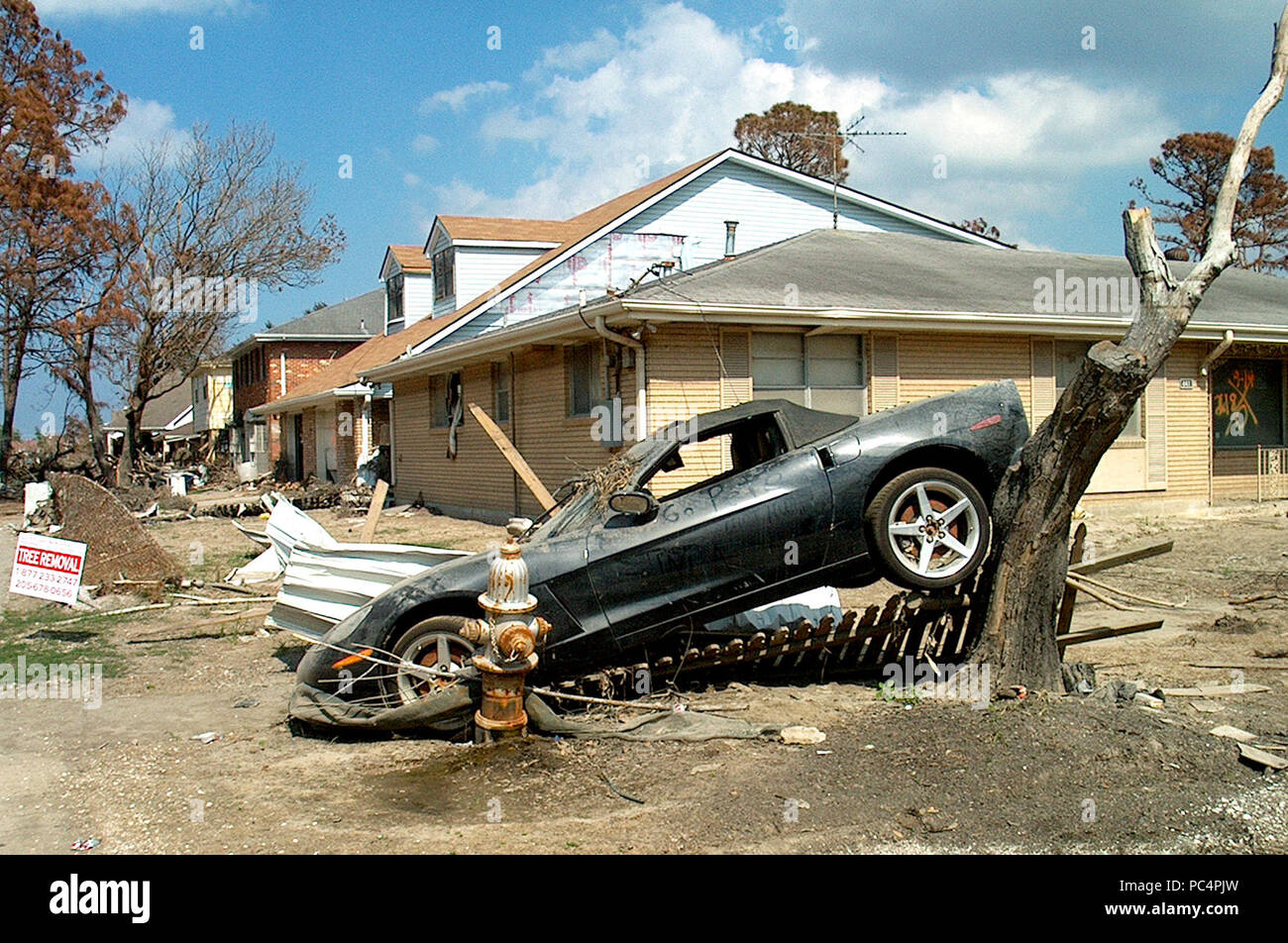

Nearly 9 feet of storm surge was pushed ashore. Hurricane Maria was a monstrous Category 4 storm that crashed into Puerto Rico on Sept. Hurricane Harvey in 2017 comes in second at $148.8 billion. That cements its position as the costliest U.S. Adjusted to 2022 dollars, Katrina caused an estimated $186.3 billion in damage. According to the report, the National Oceanic and Atmospheric Administration’s National Centers for Environmental Information estimated Katrina caused $125 billion in damage in 2005 dollars. It ranks third behind the Galveston, Texas, hurricane of 1900 (at least 8,000 fatalities) and the Lake Okeechobee, Florida, hurricane of 1928 (more than 2,500 fatalities).Īnother adjustment to Hurricane Katrina’s official record is the estimated cost of damage caused by the storm. The adjustment does not change the fact that Katrina is one of the deadliest storms to ever make landfall on the mainland U.S. “Presumably, most of the deaths in Louisiana were caused by the widespread storm surge-induced flooding and its miserable aftermath in the New Orleans area,” the report read in part. A majority of those deaths – 341 – happened in Louisiana, and most of those people were over the age of 60.

That number was revised Wednesday to 1,392 fatalities, both direct and indirect. In the original post-storm report issued in the months that followed Katrina, NHC officials said deaths from the storm were estimated to be more than 1,800. All that water overtopped or breached levees meant to protect New Orleans, which led to calamitous flooding and a humanitarian crisis. Those winds pushed a catastrophic storm surge of between 10 and 30 feet in the region ashore.

Hurricane Katrina was a Category 3 storm with winds near 125 mph when it slammed into the New Orleans area on Aug. NEW ORLEANS (WVUE/ FOX) - The official death tolls of two of the worst hurricanes in history – Katrina and Maria – have been adjusted in federal reports that were updated Wednesday.Īccording to the National Hurricane Center, the post-storm reports for Hurricane Katrina in 2005 and Hurricane Maria in 2017 were updated to reflect new research into the disastrous impacts of each storm.


 0 kommentar(er)
0 kommentar(er)
